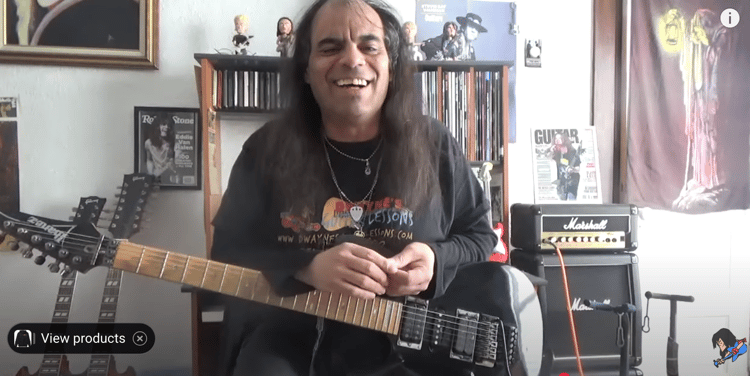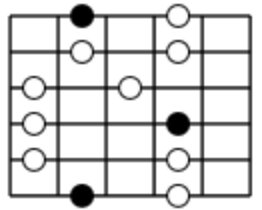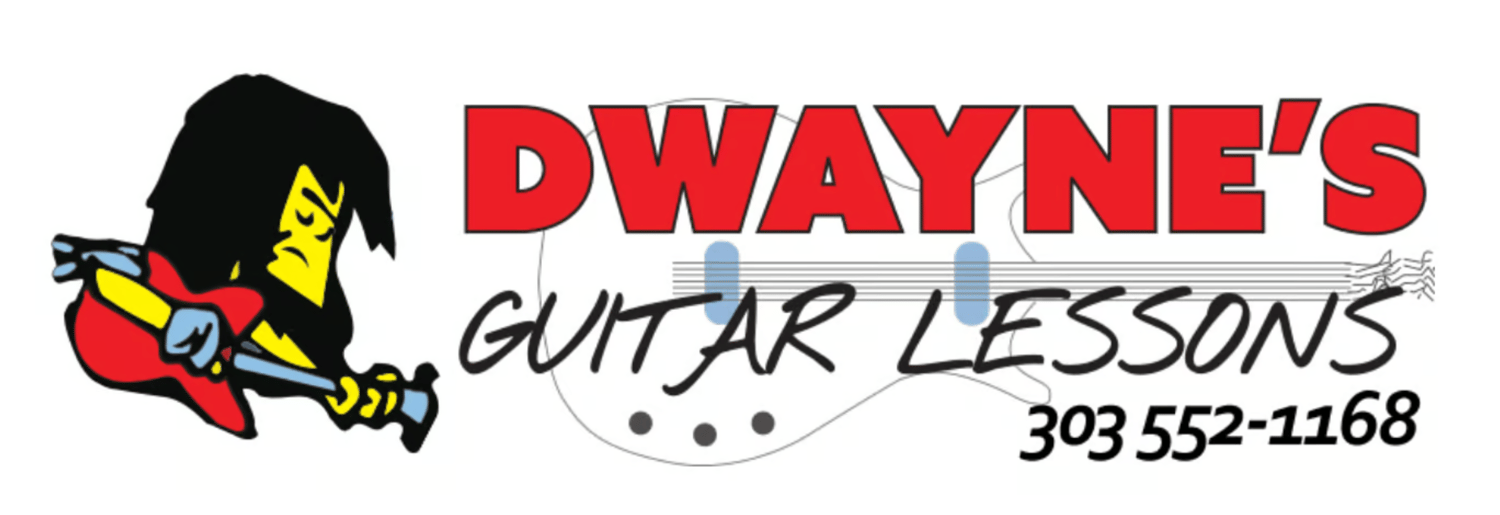In this lesson, we are going to learn how to solo with the major pentatonic scale. This will work for any major chord progression. By learning this scale, you not only get another option to the regular major scale, but you also enhance your knowledge of music in general.

#1: What is the major pentatonic scale?
The major pentatonic scale is a 5-note scale that is taken from the 7 notes of the major key it comes out of. All major scales (keys) are comprised of 7 notes, which make up a certain sound. By using only 5 of these notes, we can create an alternate sound. Let's look at this in more detail.
Key of G Major: G A B C D E F# = 7 notes
Major pentatonic scale: G A B D E = 5 notes
As you can see, if you give each note in the major scale a number value, the major pentatonic scale uses only the 1st, 2nd, 3rd, 5th, and 6th notes of the major key it comes out of. This gives it an alternative tonal quality from the major. This allows us to expand our emotional creativity.
#2: Why use the major pentatonic scale?
It provides a simple, melodic way to create solos with ease. The reason for this is because of the way the notes line up across the fretboard. They line up in such a way, that the notes create a "box pattern" which makes it easy to learn and use.
The G major pentatonic scale

3 5
As you can see, the notes line up across the fretboard as I have mentioned. This makes them easy to visualize as well as play. Since the G note is on the 3rd fret of the 6th string, we play this scale here. If we wanted to play the C major pentatonic scale, we would play it at the 8th fret, because that is where the C note is located along the 6th string. Make sense? This is why knowing your notes can be very beneficial.
#3: Watch the video lesson below
#4: Chord progression in the key of G
We learned the notes of the G major scale, G A B C D E F#. Out of these notes, we can create a simple chord progression. The most common would be D, C, & G. This uses the 5th, the 4th, and the 1st notes of the key. You can use these 3 chords in any way you choose. You can start with the 1st, and proceed from there, or even the 4th, and proceed from there. They will work no matter what, because they all come out of the same key.
Chord progression example
Many great songs have been written with these three chords. You can even compose one of your own. If you write songs, I recommend you give this a try. If it works for lots of other songwriters, why not you? No need to reinvent the wheel. Just use what is already working. All you need to do is put your spin on it.
#5: Playing melody over the top
Watch the video lesson above to see how you can use the major pentatonic scale to play over this chord progression. Always be thinking about patterns. If you can think in patterns, it will be a lot easier to learn these concepts. The reason for this is that the notes line up along the guitar fretboard in such a way that they create patterns.
#6: Switching keys
If you decide you want to switch keys, like say the key of A major, you just move up 2 frets, and everything stays the same as far as the pattern is concerned. The pattern stays the same, but the location changes. This is what's great about playing this scale is that it takes the confusion out of where to play. Although the location of the notes changes, the pattern stays the same. Very cool!
#7: Phrasing with guitar licks
Make sure to work on phrasing with guitar licks, or personality traits, as I call them. Your hammer-ons, pull-offs, slides, bends, vibrato, etc. These are what make the scales sound like music. This is what gives it character and personality.


#8: Study and practice daily
To be good at playing lead guitar, you need to study and practice daily. As much as you possibly can. You must also be consistent with your practice time. It is far better to have short, frequent sessions than to have longer, infrequent sessions. This approach will make a huge difference in your guitar playing.
#9: Is more help needed?
If this is the case, I recommend you check out my method book that I authored and self-published on this particular topic. Currently available on Amazon. This is how I learned many years ago, before the power of the internet was invented. Sometimes, a little guidance in the right direction can ease frustration and confusion.
Lead Guitar Wizardry Volume 1

This book is designed to get you where you want to go quickly. It is packed with diagrams and easy-to-understand notation for the modern guitarist. It is presented in a step-by-step method that will have you playing "jaw-dropping" guitar solos in no time.
You will not only learn the major pentatonic scale, but also the minor pentatonic scale, along with how to use them in any situation, in any key. This will help you expand your guitar playing along with your knowledge of scales, reading notation, and music theory.
Before you know it, you'll be creating solos that make your friends and family go "Wow, how did you do that?" All you need to do is grab the book, follow the steps, and you'll be on your way.
#10: Private guitar instruction is also available
In addition to my guitar method book, I also offer private one-on-one instruction. These can be a great way to learn as they provide customized lessons that cater to your interests and skill level. You get quick results, a better understanding from personal experience, and an enjoyable way to learn to play the guitar.
If you feel this option might work for you, just contact me at my website, and we can set up a time to talk on the phone and get you started.
Thanks for your time, and remember to have fun learning.
Until our next guitar lesson, take care.
Sincerely, Dwayne Jenkins



